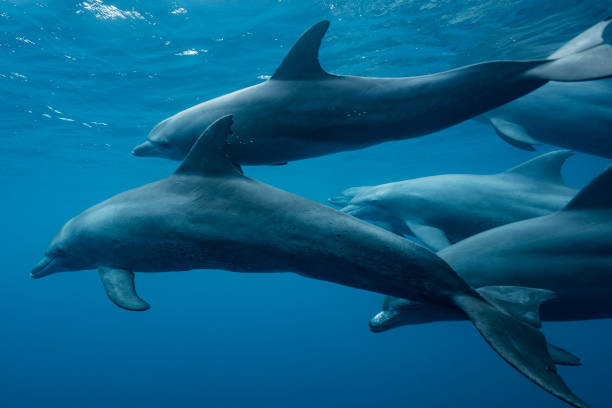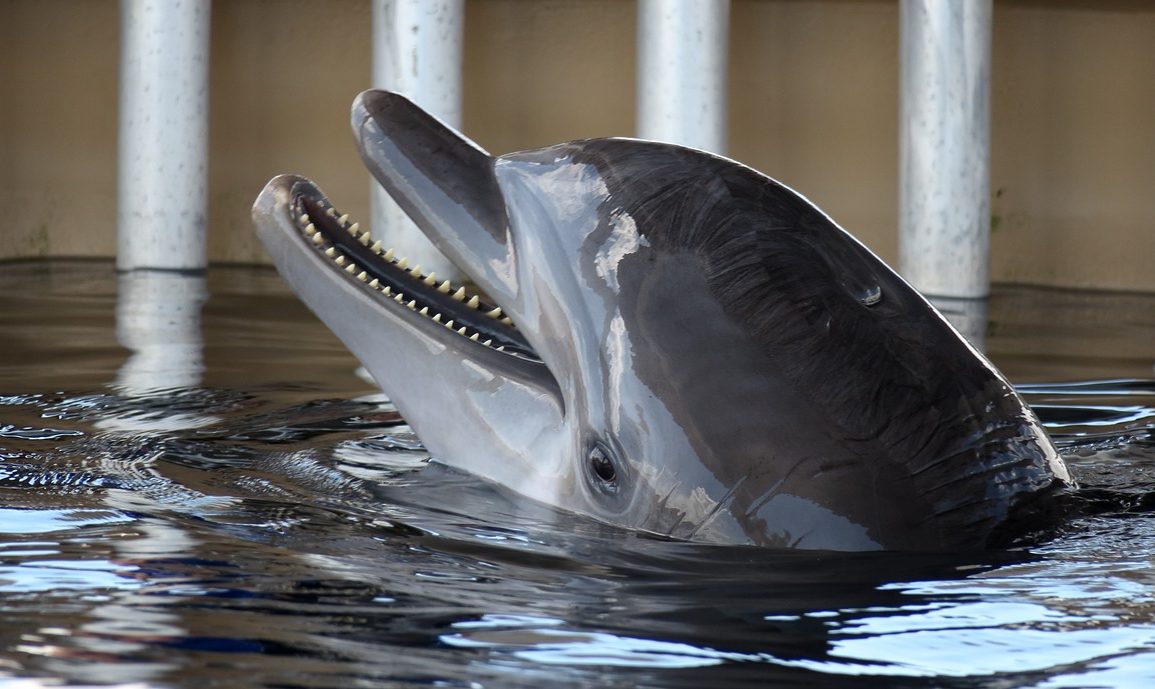Recent research published in PLOS One has revealed a troubling connection between bottlenose dolphins and microplastic pollution.
Scientists found that dolphins in Sarasota Bay, Florida, and Barataria Bay, Louisiana, are exhaling microplastic fibers.
These minuscule plastic particles are ubiquitous, permeating the environment—whether on land, in the air, or even within cloud formations.
It is estimated that around 170 trillion microplastic pieces are present in the oceans alone, exposing both wildlife and humans to these pollutants through ingestion and inhalation.
The study highlights that the microplastics exhaled by dolphins share a similar chemical makeup with those detected in human lungs, raising questions about the extent of dolphins’ exposure compared to humans.
This overlap is significant because inhaled microplastics in humans can lead to severe respiratory issues, including lung inflammation and potential chronic conditions like pneumonia and even cancer.
Given the biological similarities between dolphins and humans, these marine mammals could face comparable health risks from inhaling microplastics.

The implications of this research are particularly concerning.
Bottlenose dolphins, being apex predators with long life spans, can provide critical insights into the effects of pollutants on marine ecosystems and coastal human populations.
With over 41% of the global population living within 100 kilometers of the coast, understanding the impact of microplastics is vital for public health.
Despite the alarming findings, many questions remain unanswered.
For instance, while microplastics are found in urban and rural dolphin habitats, differences in concentration and types of particles have yet to be determined.
The methods used in the study, including collecting breath samples during health assessments, underscore the need for further exploration into how plastic pollution affects marine life.
Ultimately, this research serves as a wake-up call regarding the pervasive nature of plastic pollution.
While the precise impact of inhaled microplastics on dolphins is still unclear, collective action to reduce plastic consumption and prevent ocean contamination can significantly benefit both marine life and human health.

